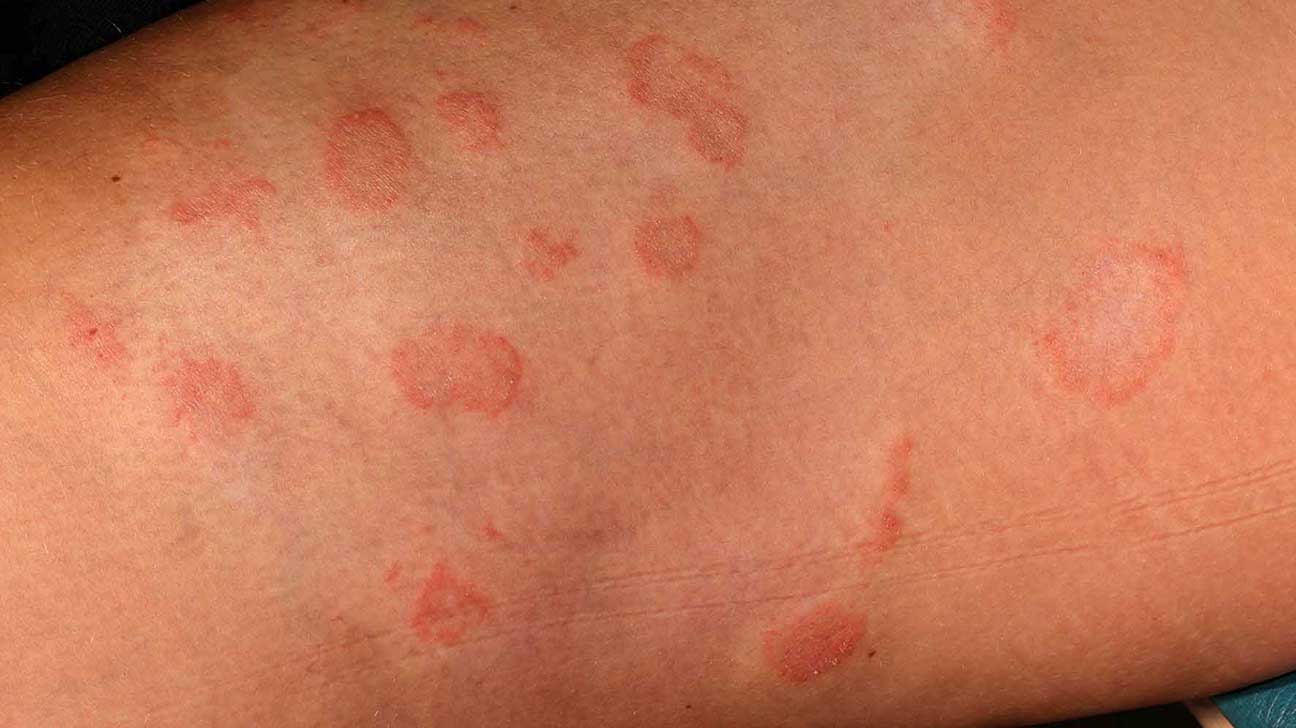Infections are something pretty common in our world. In humans, mycotic ones occur when fungus affects a certain area of their body, and the immune is just incapable of handling it. Beyond that, fungi can easily live in plants, water, soils and air. When it comes to the severity of fungal infections, the most life-threatening ones are linked to lungs, meningitis, and bloodstream infections. Yet, like most diseases and disorders, there are many solutions to affect the mycotic infection, and on some occasions, even prevent it by having certain medications in your first aid kit.

What Is Mycotic Infection?
Note, there is not always a shelter or escape from mycotic infections, strange it may sound. They may affect literally anyone, and cover the whole body. For example, a woman may face a vaginal yeast infection, while a man can be diagnosed with an athlete’s foot.
Speaking of their profiles, they are just caused by microorganisms with chitin. There are many types of fungi where each may cause a completely different type of mycotic infection. Moreover, they may make you contagious to others. In case of the first signs of infection such as itching, redness, or strange new patterns on your skin, you should consult your doctor, and try to avoid direct contact with other people or your beloved ones.
Existing Types of Mycotic Infections
First off, let’s also say that mycotic infection can be sometimes referred to as mycosis. It appears when fungi reproduce themselves by releasing spores which can be picked up during inhalation or direct contact. Logically to assume, pretend you speak to a person who has a fungal infection (and you do not know about it), you are most likely to shake hands or kiss the cheek of that person, and it will be a direct way of contamination. On most occasions, such infections may have a mild form, but some fungi affect our organs and are life-threatening.
The most common mycotic contaminations are:
- ringworm of the feet/groin
- female yeast infections
- onychomycosis
As per doctors, there are also opportunistic infections in our bodies. It means that some fungi are not linked to causing infections but may be provoked to do so when our immune system is incapable of performing its ordinary duties.
Antifungal Treatments
You may wonder whether you should keep anything in your first aid kit for mycotic infections. The answer is both yes and no. Some fungus infections won’t be treated only with a few pills but require a complex treatment protocol. However, certain solutions are better to keep with you. As of now, there are several types of antimycotic treatments available including creams, solutions, sprays, tablets (pessaries), shampoos, oral tablets as well as injections. Hardly each works by destroying the fungus cell walls.
Oral Meds
Such tablets are usually Rx and require a prescription from the doctor to get them. Yet, they are the most effective when it comes to the most widespread fungus infections. You can come across such meds as Terbinafine, Posaconazole, and voriconazole. Otherwise, many doctors stick to prescribing Itraconazole (Sporanox Generic) which has many uses including the positive effects on treating the lungs, mouth or throat, toenails, or fingernails infections.
Creams, liquids and sprays
Antifungal topical are the ones that should be with you. They are applied directly to the skin, scalp as well as nails. As for the representatives of such topicals, your doctor may recommend you Clotrimazole, Ketoconazole, Miconazole and so on. Note, on some occasions, and for the best therapeutic effects, you can be recommended to apply antifungal cream in conjunction with steroid creams to affect the rashes – the first one clears the signs of infections, while steroid cream affects the inflammation.
Shampoos
You can also keep Ketoconazole shampoo which helps people get rid of scalp fungal infection, and several other skin conditions. Yet, it will work best in conjunction with other first-line antifungal modalities like tablets or injections.
Pessaries
The next option is pessaries or so-called tablets to put into the vagina. Most commonly, they are prescribed to treat vaginal thrush. The solutions involve Clotrimazole, and Econazole, among others.
Injections
Last but not least option is not a fit for your first aid kit, however, you should consider it in the case of emergency when the fungus infection goes very wrong and causes much harm. Voriconazole, Anidulafungin, and Micafungin are among injections for mycotic infections.
So, what to keep with you to prevent mycotic infections? Unfortunately, most of the antifungus medications are sold only with a prescription which you should get from the doctor. It means that you cannot simply go shopping and buy solutions to keep with you. The exception may fall for sprays, for example, when you see your toe and fingernails are affected by the fungus or designated shampoos. Yet, upon noticing the first effects of fungi infection or symptoms, you should immediately report them to your healthcare provider to get rid of them without implementing more complex treatments. Or, think of keeping certain oral anti fungi meds just when you believe you are in the environment of being at risk of acquiring fungus infections. For example, apartments with poor sanitary conditions.
